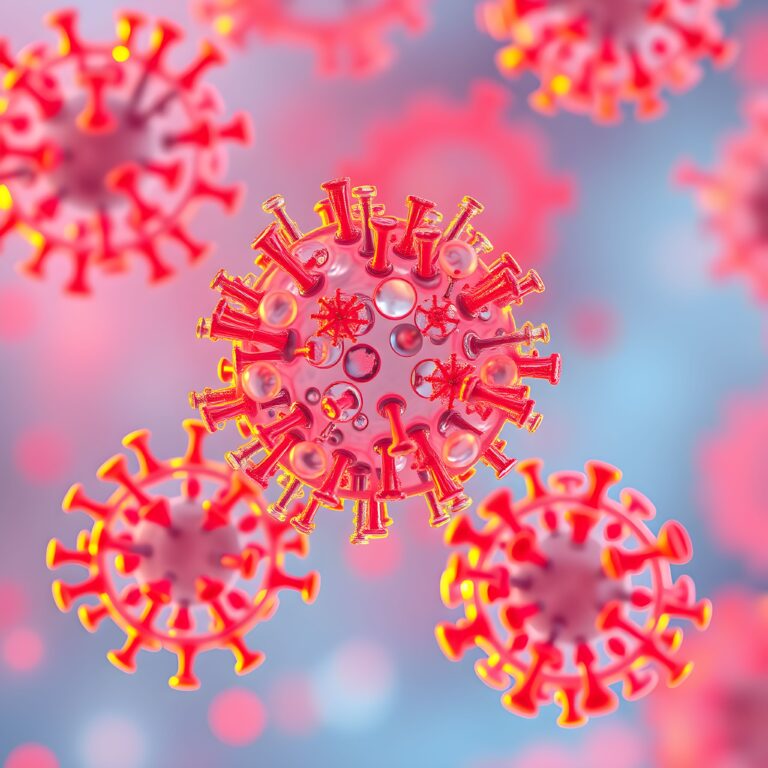When most people think of a relaxing day at the beach, they envision sun, surf, and sandcastles. However, the Centers for Disease Control and Prevention (CDC) is urging beachgoers to be aware of a new threat lurking in the warm coastal waters – a potentially deadly ‘flesh-eating’ bacteria. In this article, we’ll explore the CDC’s warning and provide tips on how to stay safe while enjoying the beautiful shores.
Understanding the Flesh-Eating Bacteria
The ‘flesh-eating’ bacteria, scientifically known as Vibrio vulnificus, is a naturally occurring bacterium found in brackish or saltwater environments. While most people exposed to these waters will not develop an infection, Vibrio vulnificus can pose a serious risk to individuals with compromised immune systems or open wounds. Infections can lead to severe skin and soft tissue damage, and in some cases, even be life-threatening.
The CDC’s Concerns
The CDC has been closely monitoring the rise in Vibrio vulnificus infections, particularly in coastal areas with warm waters. Warmer temperatures create ideal conditions for these bacteria to thrive and multiply, putting beachgoers at greater risk. In response to this growing concern, the CDC issued a warning to the public to take precautions when visiting the beach.
Beach Safety Measures
Avoid Swimming with Open Wounds: If you have any open cuts or wounds, it’s best to avoid swimming in warm coastal waters. The bacteria can enter your body through these openings.
Proper Wound Care: If you do get a cut while at the beach, clean it immediately with fresh water and apply an antiseptic to reduce the risk of infection.
Stay Out of Brackish Water: Vibrio vulnificus is more commonly found in brackish water, so it’s a good idea to stay in areas where the water is clear and not a mix of fresh and saltwater.
Practice Good Hygiene: After swimming, wash your hands and any exposed skin thoroughly with soap and clean water.
Cook Seafood Thoroughly: If you plan on enjoying seafood from local restaurants, make sure it’s properly cooked to kill any potential bacteria.
Stay Informed: Keep an eye on local advisories and reports from health departments regarding water quality and potential hazards.
Seek Medical Attention: If you experience symptoms such as redness, swelling, or a fever after being in coastal waters, seek medical attention promptly. Early treatment can prevent complications.
While the ‘flesh-eating’ bacteria may sound alarming, it’s essential to remember that with proper precautions, the risk of infection is relatively low for most individuals. The CDC’s warning is a reminder to stay informed and take steps to protect yourself and your loved ones while enjoying the beach. By following the recommended safety measures, you can continue to enjoy the beauty of warm coastal waters while minimizing any potential health risks. Beach safety is paramount, and a little knowledge goes a long way in ensuring a fun and safe beach experience.












